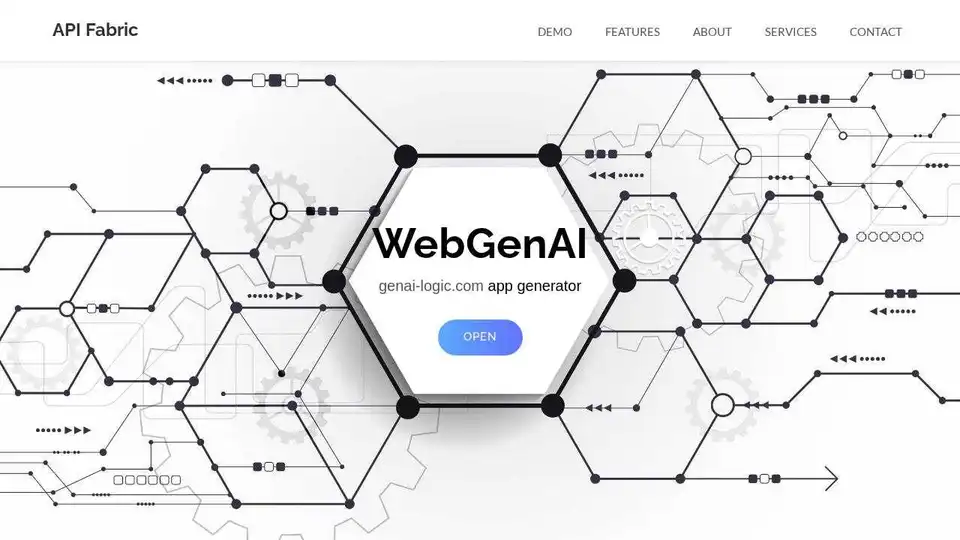
API Fabric
Overview of API Fabric
API Fabric: AI-Powered API and Frontend Generation
API Fabric is an innovative open-source tool designed to streamline the development process by leveraging AI to generate APIs and frontends from either descriptions or existing databases. It aims to drastically reduce development time and complexity, making application creation more accessible.
What is API Fabric?
API Fabric is an open-source API generator utilizing AI to create APIs and frontends from natural language descriptions or existing databases.
How does API Fabric work?
API Fabric utilizes a GPT backend. Users describe their desired application, and the AI generates the necessary API and frontend components. It also supports creation from existing databases, automating the process of building APIs for them.
Key Features:
- JSON:API Compliance: Adheres to industry-standard JSON:API, facilitating seamless frontend integration.
- Business Logic Layer: Enables the creation of data rules using natural language, offering flexibility and control.
- Open-Source Components: Provides open-source components for unrestricted customization, allowing developers to tailor the solution to their specific needs.
- Generative AI: Employs a GPT backend to design applications based on user descriptions, accelerating the development lifecycle.
Technology Stack:
API Fabric is built on a robust and modern technology stack:
- React-admin Frontend
- Angular Ontimize Frontend
- Python ApiLogicServer Backend
- Python Safrs API Backend
- Python SQLAlchemy ORM
- Docker
- Nginx
- Keycloak
- SQLite, Postgres, MySQL, Oracle, SQL Server
Use Cases:
- Rapid Application Development: Quickly generate APIs and frontends for new applications.
- Database Integration: Automate API creation for existing databases.
- Customization: Tailor APIs and frontends using open-source components.
Services Offered:
API Fabric also provides professional services, including:
- Backend Software Development: API Customization, Business Rule Integration, Access Control.
- Frontend Software Development: React and Angular.
- Infrastructure Integration: On-premise GenAI, Containerization, Security.
How to Get Started?
To get started with API Fabric, you can find the open-source components and documentation on the project's website (apifabric.ai and genai-logic.com). You can also explore the demo video to see the tool in action. The platform is designed to be user-friendly, allowing you to quickly define your application requirements and generate the corresponding APIs and frontends.
Why is API Fabric important?
API Fabric streamlines the development process, reduces development time, and makes application creation more accessible by leveraging AI to generate APIs and frontends.
Where can I use API Fabric?
API Fabric can be used for rapid application development, database integration, and customization of APIs and frontends.
Best way to generate APIs and frontends?
Use API Fabric to generate APIs and frontends from either descriptions or existing databases, which aims to drastically reduce development time and complexity, making application creation more accessible.
Contact Information:
- Email: info@genai-logic.com
- Locations: US, Belgium
- Phone: +32 471 597891
Best Alternative Tools to "API Fabric"
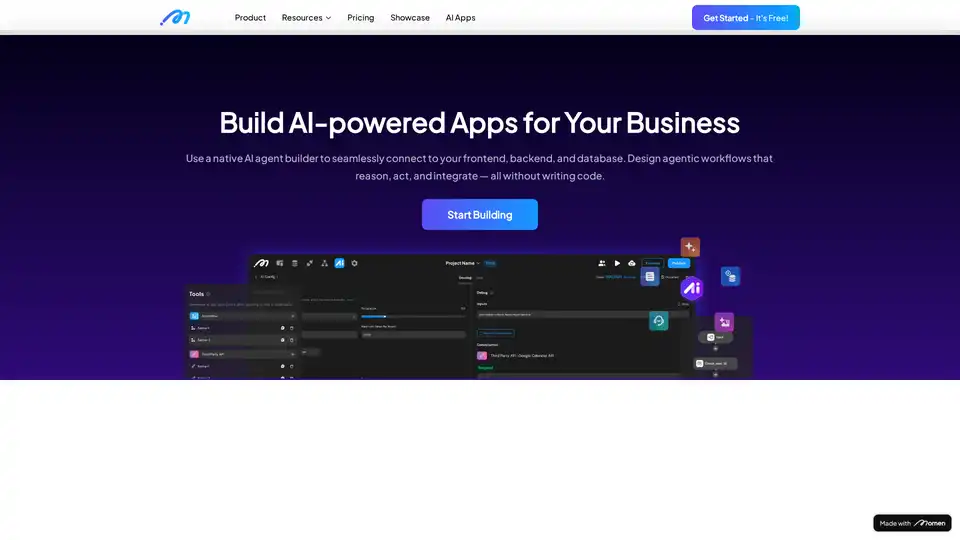
Create AI-powered apps and AI agents that automatically plan and execute your tasks. Build your full-stack AI apps and monetize it with Momen's flexible GenAI app dev framework. Get started today!
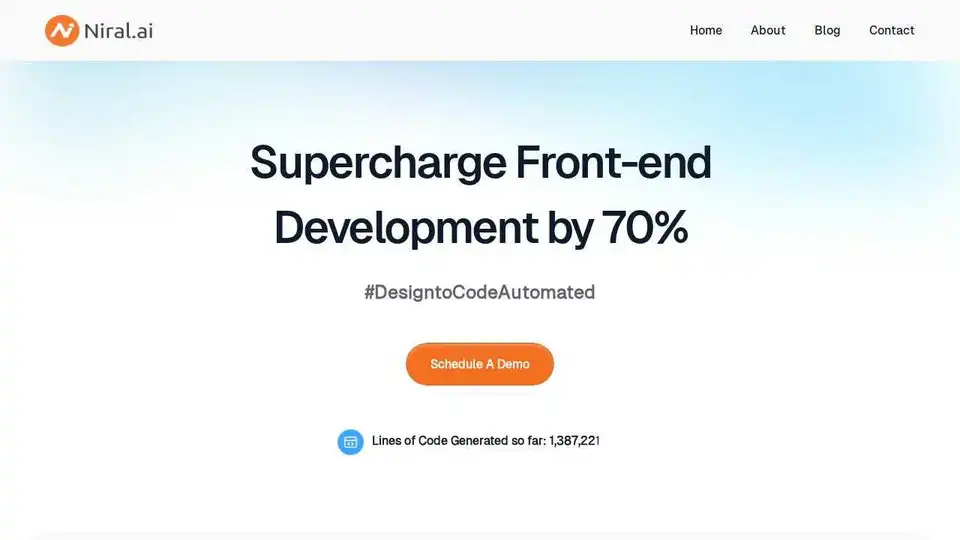
Transform your design process with Niral.ai’s AI-powered design-to-code platform. Convert Figma designs to production-ready code effortlessly.
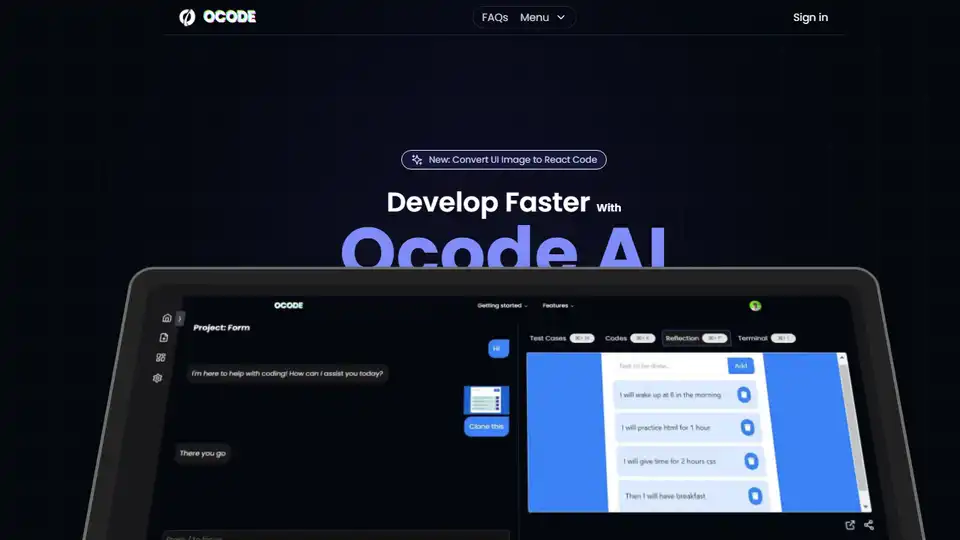
Ocode is an AI-powered platform that converts UI images or text instructions into React code, enabling faster and test-driven web development.
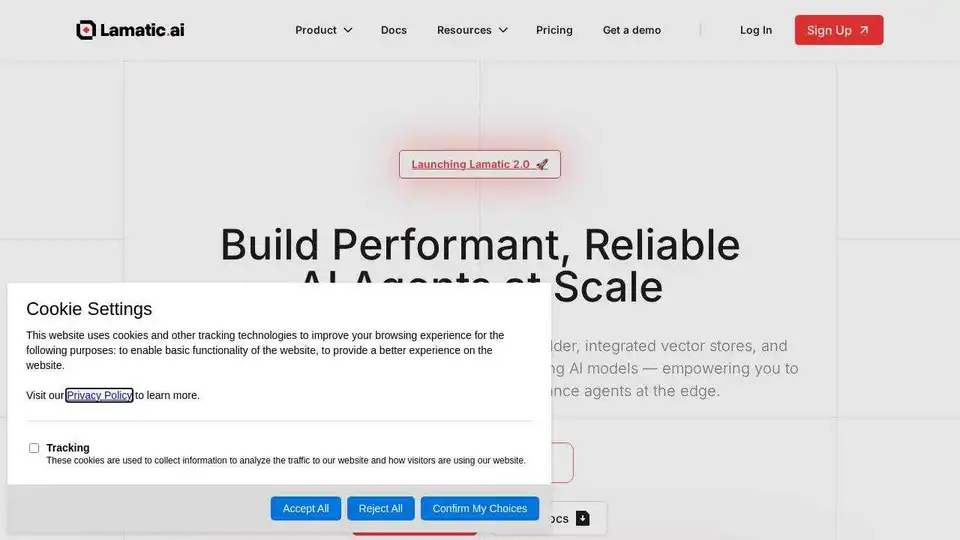
Lamatic.ai is a managed PaaS with a low-code visual builder and built-in vectorDB. Build, test, and deploy high-performance GenAI apps on the edge with seamless integrations and zero-ops.
